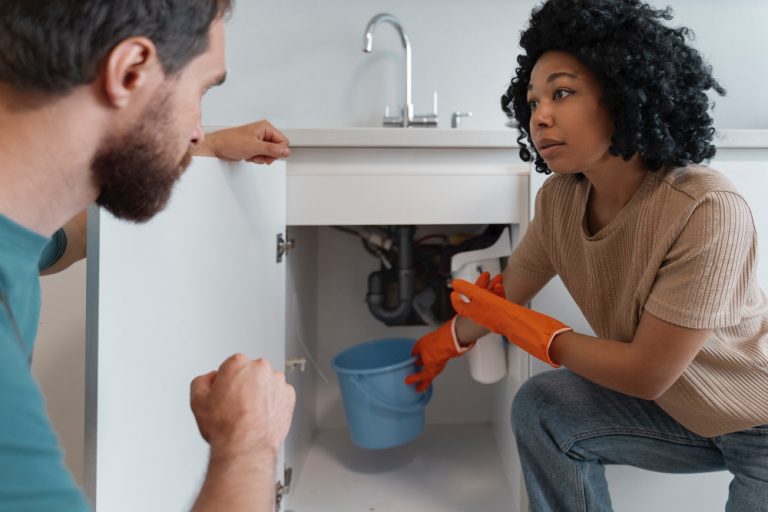Plumbing sealants serve two functions: they lock in threaded pipe connections, and they serve to stop and prevent leaks. Pipe joints screw together but can become undone over time due to pressure exerted within the pipe. A sealant can act a bonding agent to keep this from happening. Think of the popular product “Loctite” and you get the picture.
Then you have thin non-adhesive tape called PTFE or Teflon tape. This also acts as a extra layer of protection against a threaded pipe from coming undone. This application can basically last forever if undisturbed.
According to a plumber in Melbourne, Florida, they use whatever type of sealant each job calls for. “Most jobs call for a standard application of sealant but sometimes it is a judgment call on our end. Each job is slightly different and conditions vary”.
Pipe Dope/Thread Sealing Compound is a Solvent-based paste that hardens to fill voids; used on metal/plastic pipes for maintenance. These typically last about 5 years before the application needs to be readdressed. This is because they are sensitive to heat and high vibration.
Anaerobic Resin Compound cures without air (in metal threads); for permanent, high-performance seals in commercial plumbing. This application is usually good for up to 10 years and is not to be used on plastics.
Silicone is a flexible sealant application which can be used in moist areas. It can be used on metal or plastic and is good for about 10 years. But if vibration is present then a plumber may want to use Polyurethane. It’s tough and UV resistant.
Lifespans for sealants depend on various factors. These include surface cleanliness, constant water exposure or poor ventilation. For critical applications, consult local plumbing codes or a professional.
Thinking About Making Plumbing Repairs on Your Own?
There is nothing wrong with going at it alone so long as your skillset is up to par. You may be able to pull off a simple patch job by watching YouTube videos but there are also jobs where you can get in over your head very quickly and may require professional assistance. The problem with this is that you may not be able to get a plumber out to your location right away and end up being stuck with broken plumbing for a while.
Based on industry surveys, 66-75% of plumbing jobs fall into technical categories that are typically completed by professionals rather than DIY efforts. This includes repairs like leak fixes, fixture installations, and system maintenance, where expertise is preferred to avoid issues like water damage or code violations.
These figures suggest that while ~25-34% of plumbing work might be DIY (e.g., basic fixes), the majority—especially in residential settings—relies on professionals. Factors like home age, location, and task complexity influence this; for instance, older homes (pre-1980) see higher pro involvement due to outdated systems. Always check local codes—many areas require permits and licensing for jobs beyond minor tweaks. If you’re facing a specific issue, assessing risk (e.g., electrical involvement) often tips the scale toward hiring a pro.


